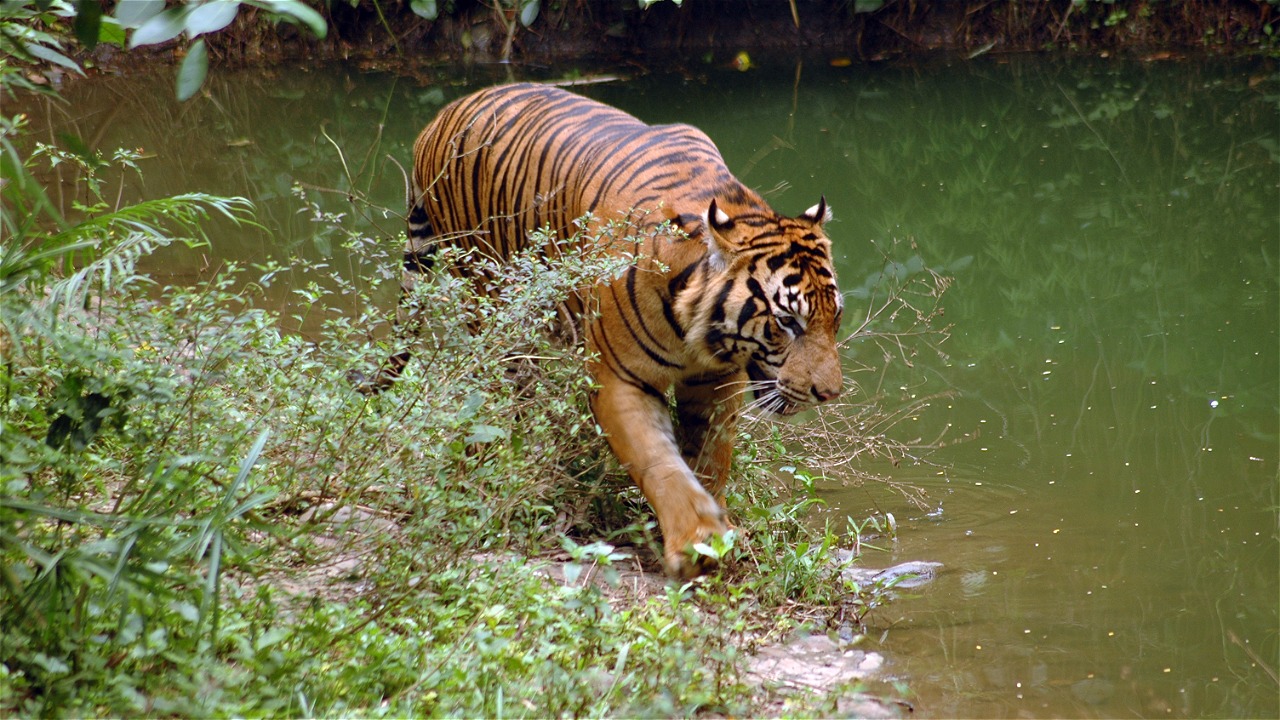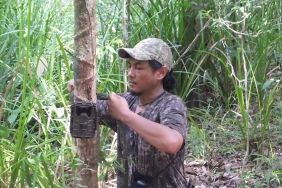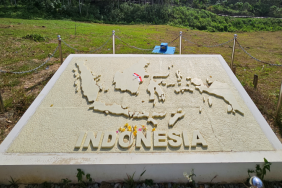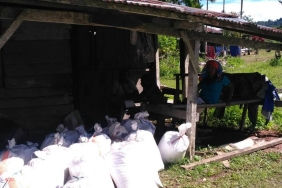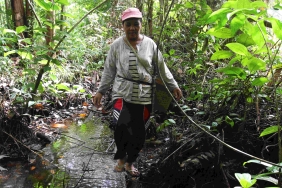SAVING MONEY IN THE CITY, TIGERS ARE SUSTAINABLE IN THEIR HABITAT!
By: Nur Arinta
The Sumatran tiger (Panthera tigris sumatrae), a charismatic big cat that is one of six tiger sub-species in the world still surviving today. On the IUCN Red List, the Sumatran Tiger is Critically Endangered (CR), one step away from extinction. The number of Sumatran Tigers in the wild is now only 371 individuals (based on IUCN data).
Sumatran tigers serve as apex predators in the food chain, so their presence is needed to control the population of their prey. If the Sumatran tiger becomes extinct, the population of the animals it preys on will be uncontrollable, and this will disrupt the balance of the ecosystem. Despite its vital role in nature, the Sumatran tiger's condition is now very concerning. These big cats face two threats to survival, including the high rate of deforestation that makes them lose the forest as their habitat, and also the threat of poaching due to the illegal trade that trades their body parts on the black market.
A 2008 report by TRAFFIC - WWF's collaborative program with the world conservation organization, IUCN, to monitor wildlife trade - found a thriving illegal and open domestic market in Sumatra for Sumatran tiger parts. Beyond the domestic market, the trade in Sumatran Tiger parts has reached the international market with sky-high price ranges. In the study, TRAFFIC revealed that between 1998 and 2002, at least 50 individual Sumatran Tigers were killed annually for their body parts.
In addition to trade, the conversion of forest habitat also poses a serious threat to the Sumatran Tiger's survival. Sumatran tigers have a territorial area of 20 km2, and a range of 60-100 km2. If forests are converted into monoculture plantations or community settlements, this will have an impact on the lives of Sumatran Tigers. Sumatran tiger habitat will be narrowed and the potential for human tiger conflict will increase. TRAFFIC said that from 1998 to 2002, at least 35 Sumatran Tigers died due to conflicts with humans. This has made the perception of the Sumatran Tiger, which was once considered a sacred animal by people living around the forest, has now turned into an animal that disturbs, threatens, and becomes a pest, so it must be captured, caged, and killed.
This new perception of the Sumatran Tiger adds to the list of threats to the conservation of the Sumatran Tiger. Therefore, WWF-Indonesia is conducting a public campaign with the aim of inviting people to care about the plight of the Sumatran Tiger. In the area where the Sumatran Tiger habitat is located, WWF-Indonesia through the IMBAU program, supports the management and preservation of the Rimbang Baling landscape which is an important area for Sumatran Tiger conservation.
Not only in forest areas, WWF-Indonesia also conducts Sumatran Tiger conservation campaigns to people living in urban areas. One of the campaigns is to invite people to participate in Sumatran Tiger conservation efforts. Starting from conducting an environmentally friendly lifestyle, being a wise consumer, to setting aside money and dedicating it to the conservation of the Sumatran Tiger and its habitat.
Last July 28, 2017, WWF-Indonesia collaborated with Central Park Mall and Neo Soho Mall in campaigning and collecting donations for the preservation of these big cats. WWF-Indonesia made several giant piggy banks in the shape of Sumatran Tigers which were placed at several points in Central Park Mall and Neo Soho Mall.
Through this giant piggy bank, WWF-Indonesia invites people who live in urban areas to save and participate in the conservation of Sumatran Tigers. At the end of 2017, the savings of the visitors will be counted. All savings in the piggy bank will be dedicated to the conservation of the Sumatran Tiger and its habitat. Saving in the city, sustainable tigers in their habitat!

